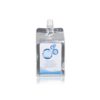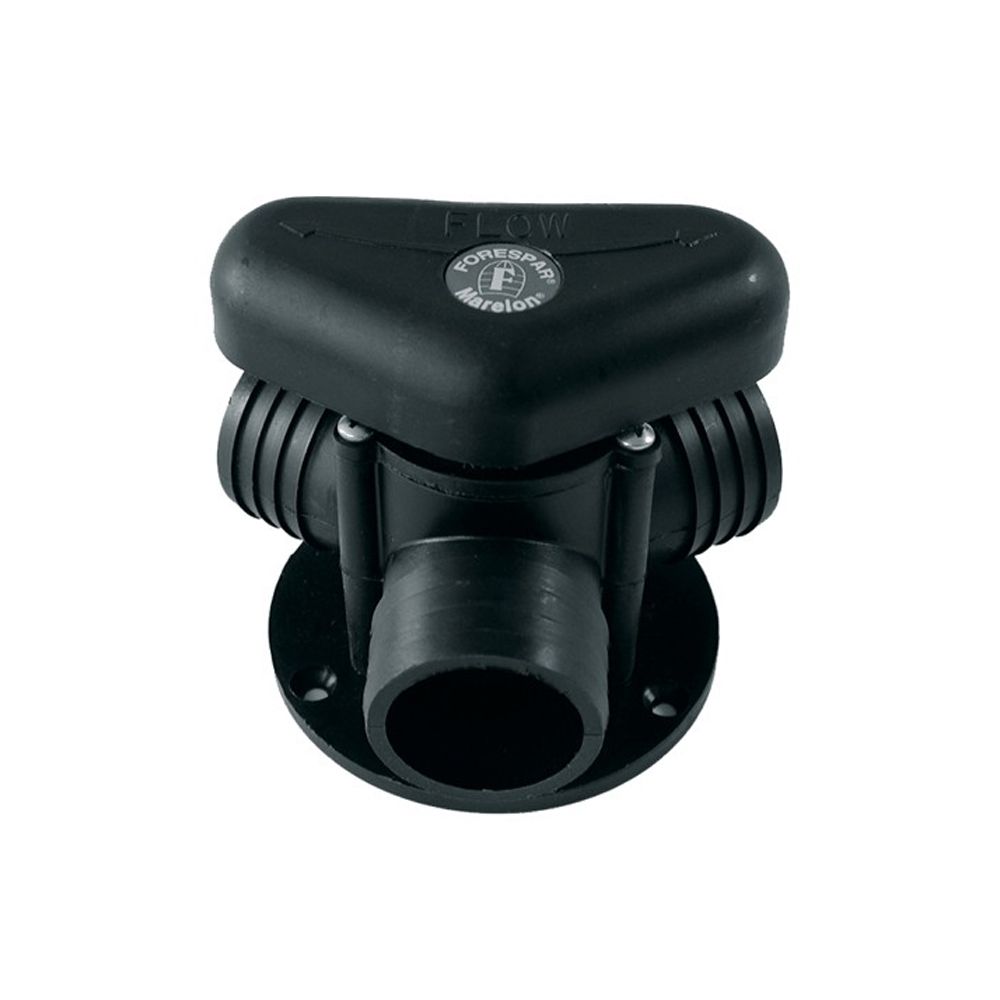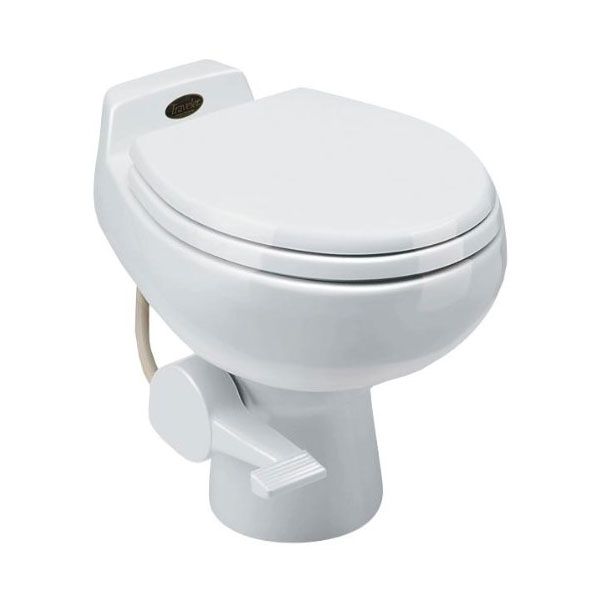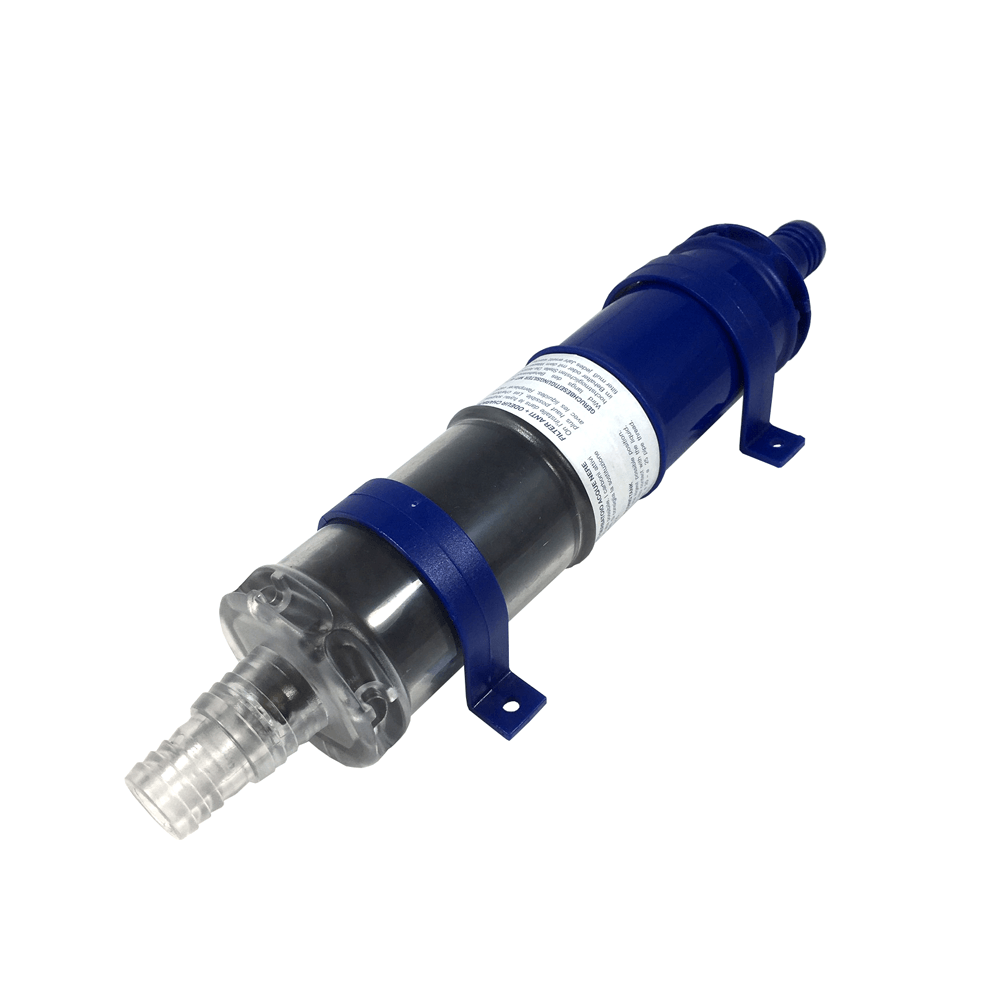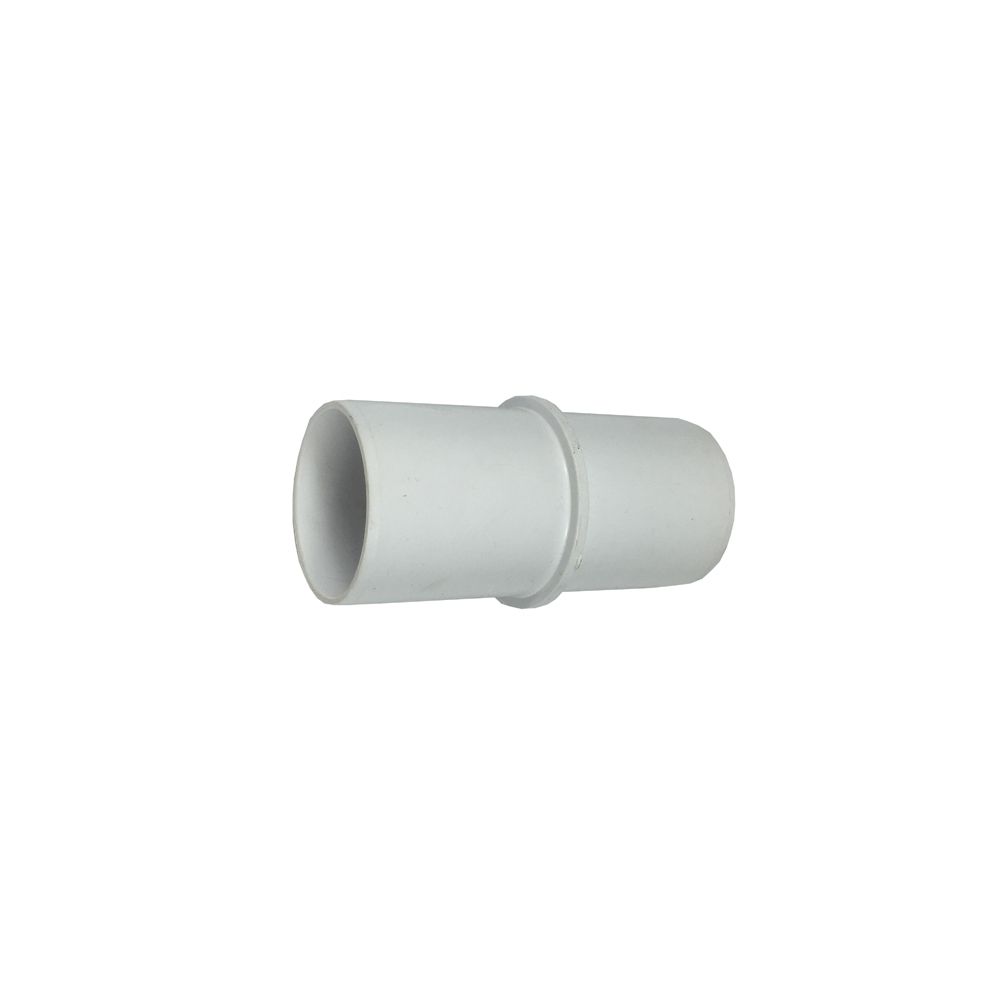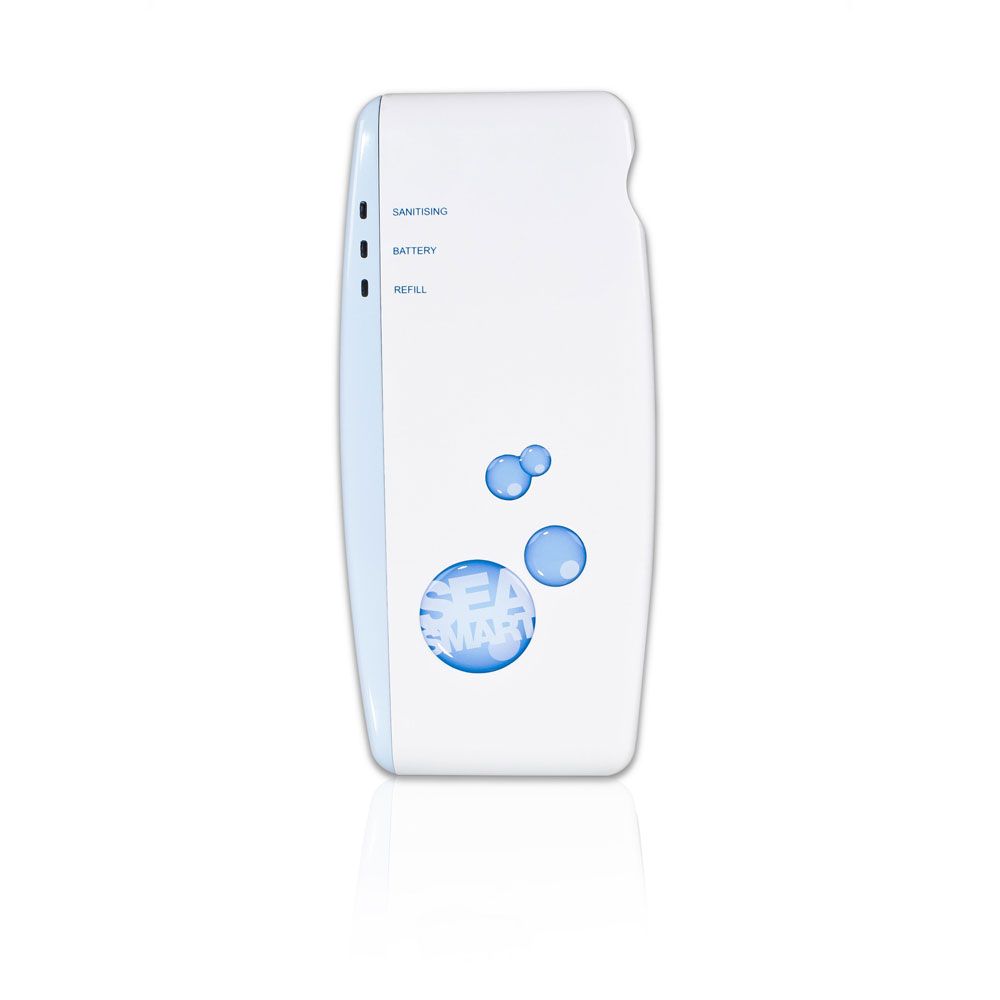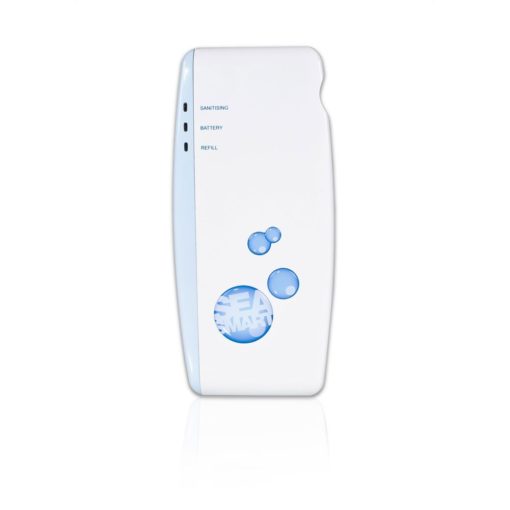
Seasmart Sanitation Deodouriser
£137.50 – £167.98 Inc VAT
SeaSmart have researched and developed a fantastic new device for sanitising and deodorising marine toilet systems, including all associated pipe work and sanitation hose.
A revolutionary system that puts a stop to smelly Marine Toilets and Sanitation hose odour.
- Automatically sanitises and deodorises your toilet system.
- Intelligently monitors and dispenses according to usage.
- Environmentally friendly & easy to refill
- Suits almost all types of manual or electric heads.
- For leisure and small work craft of all types.
- Even works while you’re not on the boat.
- Reduces need to change sanitation hose.
- Easily installed & cost effective.
Replacement Pouches can be found here.
FAQ’s
1) How easy is it to install?
It’s easy if you can DIY or know someone who can. Just 2 tiny screws secure the SeaSmart by the Head and then it connects to the inlet sanitation hose of the pump (manual or electric). All you need are basic DIY tools. Full instructions come with the SeaSmart.
2) How much power does it use?
None! The SeaSmart is powered by its own small 9 volt PP3 Alkaline battery, which powers its microprocessor, pump and all electronics.
3) How long does the refill last?
That depends on usage. As a rough guide, on an average boat it should last over a year, on a boat with good use about 6 to 12 months. On a boat sailing continuously with a crew of 6 using one head a refill should last about 2-3 months. A discrete LED indicator on the SeaSmart tells you when to change the refill.
4) How long does the battery last?
That depends on usage, but usually long enough to power several refills. A discrete LED indicator tells you when the battery needs changing. You must use good quality Alkaline PP3 batteries.
5) How do I get replacement refills?
From us or your local chandler. We dispatch replacement refills all over the world. You can find the replacement pouches here.
6) How big is it?
Height: 260mm (10″)
Width: 116mm (4.5″)
Depth: 70mm (2¾”)
7) What if my yacht has more than one Head?
You’ll need a SeaSmart for each marine toilet on the boat.
8) What if my yacht has a very long Inlet Sanitation Hose?
The very thin catheter like disinfectant tube has to be threaded down inside the inlet sanitation hose to within 15 cms (6 inches) of the seacock. SeaSmarts come with a 1.8 metre (6ft) length which you cut to length with scissors.
If your inlet sanitation hose is longer than 1.8 metres (6 feet), you will need an extension tube available seperately. It has a connector which simply pushes onto the existing tube. It is essential that the disinfectant tube reaches down to within 15cms (6 inches) of the seacock or you may still get odours.
9) What if I need a longer tube between the SeaSmart and the “T” piece connection to the flush pump?
This is unusual because you can also install your SeaSmart anywhere the inlet sanitation hose is accessible between the inlet seacock and the flush pump. There’s full instructions on how to do this with every SeaSmart and you will need a straight connector (double hose tail), these are available from most good Chandlers.
If you have to install further away and need a longer connection tube, we can supply to order, just call us.
For standard installation by the flush pump, your SeaSmart needs to be within 40cms (16 inches) of the flush water inlet to the flush pump. That’s just right for almost all manual heads and most electric heads flush pumps.
10) What if I have a holding tank?
Your SeaSmart will not affect your holding tank. The disinfectant doses are so small that the urine and faecal matter in the hoses and tank will completely neutralise the disinfectant and the tank will continue to work normally. You can discharge your tank in the normal ways but always in compliance with your national or international regulations.
11) How can I solve Holding Tank Odours?
Should you have an odour problem from a holding tank vent, you should look at ways of increasing the ventilation to the tank. Holding tank odours are caused by anaerobic bacteria and increasing ventilation will allow aerobic bacteria to regain control and odours will rapidly reduce and stop altogether.
Check there are no air leaks in the vent hose or the access panel on top of the tank and also try installing a larger air vent and/or another vent hose on the other side of the holding tank and connecting it to a fitting on the other side of the hull. This will get a good cross flow of air in the tank and will certainly solve the problem.
| Weight | 3 kg |
|---|---|
| SeaSmart Model | Electric Toilet with Sea/River flush, Manual Toilet with Sea/River flush, Electric Toilet with Fresh Water flush |
Related products
Loops, Diverters and Connectors
Manual Toilets
TruDesign Accessories
Adapters



